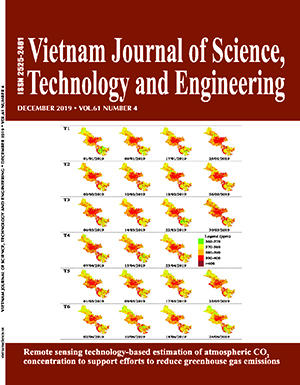Removal of natural organic matter from water by coagulation and flocculation to mitigate the formation of chlorine-disinfection by-products: a case study at Chinaimo water treatment plant, Vientiane capital, Laos.
Tóm tắt
The reaction between natural organic matter (NOM) and chlorine during disinfection of water potentially forms trihalomethanes (THMs), which are classified as dangerous, carcinogenic disinfection by-products. Thus, this study aimed to investigate the removal of NOM by using coagulation and flocculation via jar tests of the raw water collected from the Chinaimo water treatment plant in Laos. Several different coagulants, such as Al2(SO4)3 (alum), polyaluminium chloride (PAC), and iron chloride (FeCl3), and the flocculant polyacrylamide (PAM) were examined to determine the optimal operational conditions (i.e. coagulant dosage, flocculant dosage, and initial pH). The removal efficiency was evaluated by turbidity, NOM measured as total and dissolved organic carbon (TOC and DOC), ultraviolet absorbance at 254 nm (UV-254), and trihalomethane formation potential (THMFP). Results showed that 60 mg/l of alum, 40 mg/l of PAC, and 80 mg/l of FeCl3 were the optimal dosages for coagulation, while a 0.2-0.3 mg/l of PAM was effective for flocculation. Optimal initial pH values of 7.0, 6.0, and 8.0 were found for the alum, PAC, and FeCl3 coagulants, respectively. At the optimal conditions, the removal efficiency of turbidity was over 90% in all cases, which was higher than that of NOM (i.e. DOC of 31-42%, TOC of 19-52%, UV-254 of 17-39%, THMFP of 44-48%).One sentence summary: NOM can be removed from water by coagulation-flocculation with Al2(SO4)3 (alum) at a dosage of 60 mg/l, PAM dosage of 0.2 mg/l, and adjusted pH of 7.0.Keywords: disinfection by-products, flocculation and coagulation, natural organic matter, trihalomethanes, trihalomethane formation potential.
Classification numbers: 2.3, 5.1




